|
From providing drinking water to leaving grass to grow: here are eight easy ways to help wildlife this summer. Many of us are aware that wildlife needs extra help to survive during the cold winter months – but lots of creatures also need a helping hand when the weather's hot and sunny. So how can we help wildlife in summer? Here are 8 easy actions! #1 Give birds a drink If you only do one thing, providing water for the wildlife in your garden should be it. In a hot summer, water is as essential for birds as it is for us. During prolonged periods of dry weather, fresh drinking water is harder for birds to find, as natural sources such as streams and ponds may dry up. Bathing is important for birds too, to remove dirt and grit and keep their feathers in tip-top condition. If you don't have a pond (more about ponds in a minute), the birds in your garden will really appreciate a birdbath. Most purpose-built birdbaths are designed with a shallow basin that gradually deepens – this will attract a variety of birds, as different birds like different depths of water to bathe in. It doesn't have to be a fancy birdbath, though – any shallow dish or container will do the same job. Try putting water out in a plant pot saucer or even an old frying pan! If the container has very smooth sides, smaller birds may not be able to grip onto it and may fall into the deeper water – putting some gravel or small pebbles in the container will help prevent this. #2 Top up garden ponds If you have a garden pond, then you're already providing a great source of drinking and bathing water for birds – as well as for small mammals. Ponds also offer a habitat for many invertebrates, such as dragonflies and damselflies. Be sure to check the water level in your pond regularly, as shallow ponds in sunny positions can dry up, leaving pond creatures stranded. If you have access to rainwater from a water butt it's best to use this to top up the pond, as this maintains the correct ecological conditions. But tap water is better than nothing if that's all you have – just top up little and often to avoid altering the water quality too much. If your pond is deep, make sure there's a gently sloping access and exit point for small animals – a few strategically placed stones can help. Although hedgehogs can swim a little, they may drown if they become trapped in a steep-sided pond or trough. #3 Make a bee bowl It's not just birds that need a drink. Bees need water too. Many natural sources are too deep or fast-flowing for bees, and they can they drown in water bowls and birdbaths. So why not make a bee bowl? Find or buy a shallow container – a terracotta saucer from the garden centre works well – and fill it with small pebbles or marbles. Then fill with water, making sure that plenty of pebbles stand out of the water, to give the bees something to land on. You'll need to top up birdbaths and bee bowls every day with fresh water – and birdbaths may need cleaning with hot soapy water if droppings accumulate. #4 Grow nectar-rich plants for butterflies Butterflies are in trouble: of the 57 species monitored by the UK Butterfly Monitoring Scheme, 35 have declined in the past 40 years. This year is the 50th anniversary of wildlife charity Butterfly Conservation, so it's a good time to think about how we can help the butterflies that visit our gardens – and how to help prevent any further declines. Habitat loss is one contributing factor, so butterfly-friendly gardens are vital. And if you want a summer garden full of butterflies there are lots of plants that will attract them. Chose a sunny, sheltered spot for your nectar-rich garden – and avoid frilly, double flowers, which contain little nectar and pollen and are hard for bees and butterflies to get in and out of. Buddleia is one of the best plants to grow for butterflies. Also known as the 'butterfly bush', it is easy to grow, as it will thrive in almost any soil or situation. Other great plants for attracting butterflies include scabious, lavender, marjoram and verbena bonariensis. Also include some plants that flower later in the year, such as sedums and Michaelmas daisies – this will give hibernating butterflies the energy boost they need to get them through the colder months. # 5 Grow plants for caterpillars It's not just the adult butterflies that need to eat – caterpillars need nutrition too. So grow some butterfly larval food plants as well as nectar-rich blooms. One of the best caterpillar-friendly plants is the stinging nettle. Peacocks, red admirals, commas and tortoiseshells – not to mention many species of moth – will all lay their eggs on nettles. So if you have a patch of stinging nettles in your garden, try to avoid cutting them back. Garlic mustard – also known as Jack-by-the-hedge – is a favourite food of orange-tips, and painted ladies will lay eggs on thistles. #6 Leave windfall fruits in situ Leaving windfall apples and plums under the tree can provide a useful source of food for butterflies, bees and small mammals. Butterflies also love ripe bananas, so if you have an over-ripe banana in your fruit bowl, try putting it out for butterflies to feed on instead of throwing it away. You can just place it on the grass – or make a simple feeder by twisting thick wire into a spiral and suspending it from a tree. #7 Grow the grass long
Leaving a patch of unmown grass in a corner of the garden is a great way to help all kinds of wildlife. Bumblebees nest in long grass, and it gives small mammals, amphibians and invertebrates like butterflies a cool, shady place to hide and shelter. #8 …and say no to pesticides Avoid the use of pesticides, which kill butterflies and other pollinating insects, and also kill ground beetles, spiders and beneficial insects such as ladybirds. Source: http://littlegreenspace.org.uk/features/Helping-wildlife-in-summer.html It is an relatively old articles but the damage to the environment remains there. Pesticides and antibiotics are polluting streams across Europe, a study has found. Scientists say the contamination is dangerous for wildlife and may increase the development of drug-resistant microbes. More than 100 pesticides and 21 drugs were detected in the 29 waterways analysed in 10 European nations, including the UK. A quarter of the chemicals identified are banned, while half of the streams analysed had at least one pesticide above permitted levels. The researchers said the high number of pesticides and drugs they found meant complex mixtures were present, the impact of which was unknown. Pesticides are acknowledged as one factor in plummeting populations of many insects and the birds that rely on them for food. Insecticides were revealed to be polluting English rivers in 2017. “The importance of our new work is demonstrating the prevalence of biologically active chemicals in waterways all over Europe,” said Paul Johnston, at the Greenpeace research laboratories at the University of Exeter. “There is the potential for ecosystemic effects.” The research, published in the journal Science of the Total Environment, found herbicides, fungicides and insecticides, as well as antimicrobial drugs used in livestock. The risk to people of antimicrobial drug resistance is well known, but Johnston highlighted resistance to fungicides too. “There are some pretty nasty fungal infections that are taking off in hospitals,” he said. One of the world’s biggest pesticide makers, Syngenta, announced a “major shift in global strategy” on Monday, to take on board society’s concerns and reduce residues in the environment. “There is an undeniable demand for a shift in our industry,” said Alexandra Brand, the chief sustainability officer of Syngenta. “We will put our innovation more strongly in the service of helping farms become resilient to changing climates and better able to adapt to consumer requirements, including reducing carbon emissions and reversing soil erosion and biodiversity decline.” Another major pesticide manufacturer, Bayer, said on Monday it was making public all 107 studies submitted to European regulators on the safety of its controversial herbicide glyphosate. “Transparency is a catalyst for trust, so more transparency is a good thing for consumers, policymakers and businesses,” said Liam Condon, the president of Bayer Crop Science. In March, a federal jury in the US found that the herbicide, known as Roundup, was a substantial factor in causing the cancer of a California man. Pesticides and antibiotics polluting rives in EuropeThe testing techniques used in the new research meant only a subset of pesticides could be detected. Two very common pesticides – glyphosate and chlorothalonil – were not included in the study, meaning the findings represent a minimum level of contamination. The research focused on streams, as these harbour a large proportion of aquatic wildlife. The detection of many pesticides that have long been banned was not necessarily due to continued illegal use, the scientists said, but could be the result of leaching of persistent chemicals that linger in soils. The study took place before the most widely used insecticides were banned by the EU for all outdoor uses. Irish Water said on Monday that EU pesticide levels were being breached in public water supplies across Ireland. In Switzerland, another new study found that soils in 93% of organic farms were contaminated with insecticides, as were 80% of the areas farmers set aside for wildlife. Research revealed in 2013 that insecticides were devastating dragonflies, snails and other water-based species in the Netherlands. The pollution was so severe in places that the ditchwater itself could have been used as a pesticide. A study in France in 2017 found that virtually all farms could slash their pesticide use while still producing as much food. Johnston said: “Farmers don’t want to pollute rivers, and water companies don’t want to have to remove all that pollution, so we have to work to reduce reliance on pesticides and veterinary drugs through more sustainable agriculture. This is not a case of us versus farmers or water companies.” Source: The Guardian
Here at Full of Soil and Sun, we quote information from across the globe related to organic foods and its huge health benefits. Below you will see extract from an article written by Nonie De Long in Canada. ''As I've learned more about the pesticides that are now being sprayed on almost all commercial crops (and animal feed). I now believe glyphosate – the most common commercial herbicide and desiccant used today – is extremely carcinogenic and dangerous. As such, I advise clients to consume organic produce whenever they can. So what does the data say?'' More recent data shows the safety claims were trumped up. One 2017 study has shown that since 2006 when glyphosate was introduced, human levels have gone up 500 per cent. Lawsuits and class action lawsuits abound. In a fact sheet released in June of this year, USRTK published safety concern statements from several scientific groups:
Moreover, glyphosate is a known endocrine disruptor. Fertility is an unprecedented issue here in the West now. The data sheet lists the data that links that to glyphosate use. Studies abound to demonstrate the pesticide's toxicity to fish and mammals. Health Canada set to increase glyphosate levels? Despite this, Health Canada is right now in the midst of increasing our maximum residue levels (MRLs) for glyphosate – to bring them closer to US levels – for trade purposes. The deadline for public input was supposed to be July 20, 2021, but has been quietly pushed back. Readers, have you even heard about this in the news? These changes would be reflected in your country's food policy for years (maybe decades) to come. It involves a very controversial chemical. Have you even heard about it? The proposed changes would allow significantly increased levels of glyphosate in commodities such as oats, lentils, and beans. There are many more that would be impacted. For a full list and description of the changes proposed by Health Canada, click here. How that impacts organic produce? The Canadian Organic Trade Association (COTA) is concerned. Why? The suggested changes also affect the organic sector because its protocol is essentially 5 per cent of the MRL. This means even your certified organic foods can contain higher amounts of glyphosate. And your non-organic foods will contain MUCH higher amounts of glyphosate in many cases. The new deadline for citizen input has been extended by 45 days. It's unclear to me how consumers can share their concerns in anything I've read, but contacting your MP and/or creating and circulating a petition might be a good start. Forest fires also linked to glyphosate You may not realize the link between the raging forest fires and glyphosate spraying. It has become common to spray forests to kill certain species of trees to make other trees grow better for easier harvest. Isn't it convenient for Monsanto/ Bayer that it also increases sales of glyphosate products? But I digress. Since that inception we have seen an exponential increase in huge scale, uncontrollable forest fires. Scientists have been speaking up about the link since at least 2019. New Brunswick is one community where citizens are starting to fight back. The New Brunswick Environmental Network has been collecting signatures and putting pressure on local agencies to stop spraying the forests. Other regions have started to take action, realizing Health Canada is not listening to citizens on this issue. On April 6, the Quebec city of Laval initiated a bylaw banning the use of glyphosate, “to protect human health, pollinating insects, wildlife and natural spaces.” One bush pilot and environmental lawyer in Foleyet, Joel Theriault, has spent about 20 years now petitioning the provincial government to stop spraying glyphosate over Ontario forests. His petition has fallen on dead ears. And dead trees, as certain species are wiped out by the spray. Theiault insists the wildlife are killed by the product, too. He says he won’t observe any living species in sprayed areas for a good time after the sprays. The Ministry defends the practice, saying the Pest Management Regulatory Agency has determined glyphosate is safe to humans and the environment. It begs the question when people will believe what is right in front of their faces. In May of this year, Green MP Jenica Atwin tabled a private member's bill to ban the use of glyphosate in Canada. Eating organic is essential...... I fervently recommend organic produce consumption wherever possible and even better - growing your own food at home in organic, composted soil.
....... Namaste! Nonie Nutritionist Source: newmarkettoday.ca When you go to a cinema, the movie may cost 5 euros, but this doesn’t cover the external costs like transportation, fuel to use, phone credit to call, snacks and drinks. Likewise, when we go grocery shopping, we only see the price indicated on the product. The shown price is an indication of one part of the costs incurred to produce it, but not the entire one. To help us understand this more, let us follow the journey of a crop. We will use potatoes. If the potato is grown conventionally, it is sprayed with synthetic pesticides and the soil hosting it is covered with chemical fertilizers. This could have an effect on the soil over time in that the organisms that keep the soil alive are destroyed by the chemicals and this leads to the soil losing its ability to retain water. When it rains, soil erosion can occur and all the sprayed chemical substances are washed away as well which can find its way into canals, rivers, lakes and water streams. Aquatic life is affected by this as well as humans. The inability of soil to retain water due intensive chemical use may lead to soil erosion that could also cause flooding. The community has to pay taxes on one hand, for water treatment to get rid of the toxic chemical substances and on the other hand, for damming or excavation to avoid flooding. In the end, these extra costs that are incurred are paid off by our taxes and then not reflected on the final prices that we see in the supermarket of conventional products. Consumers don’t see that we pay for more external costs through our taxes for water pollution and waste-water facilities caused partly by unsustainable agricultural practices. That is why it is important to have True Cost Accounting (TCA): a transparency tool that makes the hidden calculations visible and shows the consumer the actual price of the product being purchased. When you do TCA, you are able to assess the impact of a food system as a whole or a farm. One is able to get an adjusted cost of production by calculating the costs for fertilizers, tractors, seeds and also the ecological footprint or climatic impact of the chemical inputs used. For instance, 1kg of nitrogen fertilizer produces 7kg of carbon dioxide. The market price of nitrogen fertilizer is about 25 cents per kg. If this 1 kg causes 7kg of carbon dioxide, the related climate cost has to be included. According to FAO, 1000 kgs of carbon dioxide is worth or causes damages worth around 100 euros. That results in 10 cents per kg of carbon dioxide, applied to nitrogen fertilizer, this hidden or external costs would lead to an increase of 70 cents per 1kg of nitrogen fertilizer, resulting in a true cost of fertilizer of 95 cent instead of 25 cent current market price. There are organisations like Soil & More Impacts who calculate the total costs and benefits of production, including the hidden costs, of different production systems (organic and conventional systems) and show the findings. Another way we look at TCA is in line with a farm’s future and profit margins. A big farm that is farming intensively may produce good profits in the first year, but not in 5 years. When the soil is being damaged and stressed, beyond capacity, there might be productivity gaps in 5-10 years as a result of deteorated soils. “We use this risk assessment to show people the damage they do to their businesses by paying low prices and not investing in creating resilient soils, farms and systems. Even the buyer and trader will not be able to buy from a farmer who cannot deliver quality products in 5 years. This may not only cause ecological damages, but also financial ones. This way, banks increasingly include so-called natural capital risks in their credit-worthiness checks of farms and supply-chains”, shares Tobias. Organic offers solutions to not only reduce the true cost but also increase the true benefits of farming, for example, biodiversity is created, soil’s ability to retain water is increased and carbon is sequestered. Organic and agroecology show solutions to farm in a way which costs us less and has less damage on our biodiversity. We need more than not applying fertilizers, we need sustainable practices e.g. mulching, crop cover, etc. They help in increasing the resilience of the soil and business aspects. It secures food security. Other systems may appear cheap but would not be able to produce food in the changing climate on the mid- and long-run. It is possible to have low costs and a positive impact. Organic is definitely part of the solution. What can every-day consumers do to be more aware of hidden costs! Give food more time! This includes what we shop and consume. Try to find out where your food comes from and the efforts used to produce it. Even when you drink a cup of coffee. There is a lot of sweat and hard work that goes into it that it is impossible for it to only cost a euro. When you buy organic and fairtrade products, at least you have the guarantee that you are consuming products that are having a positive ecological impact on the environment. Source: www.organicwithoutboundaries.bio
Table: Impacts of conventional farming and loss of productivity |
Archives
January 2023
Categories
All
|
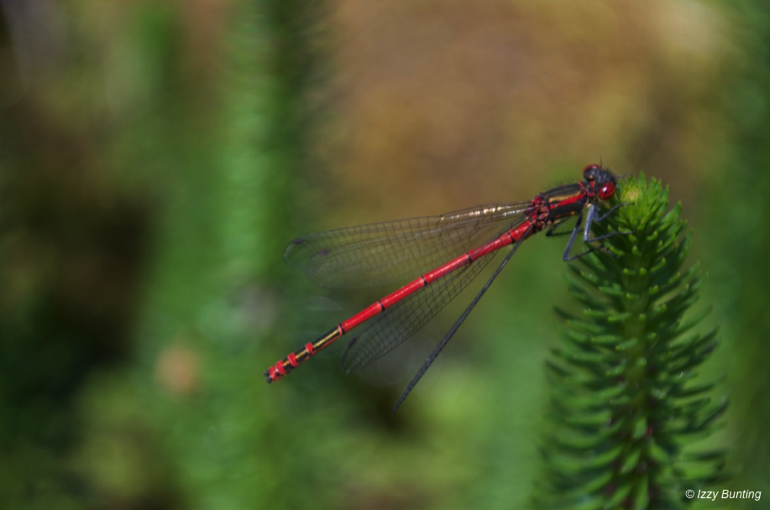
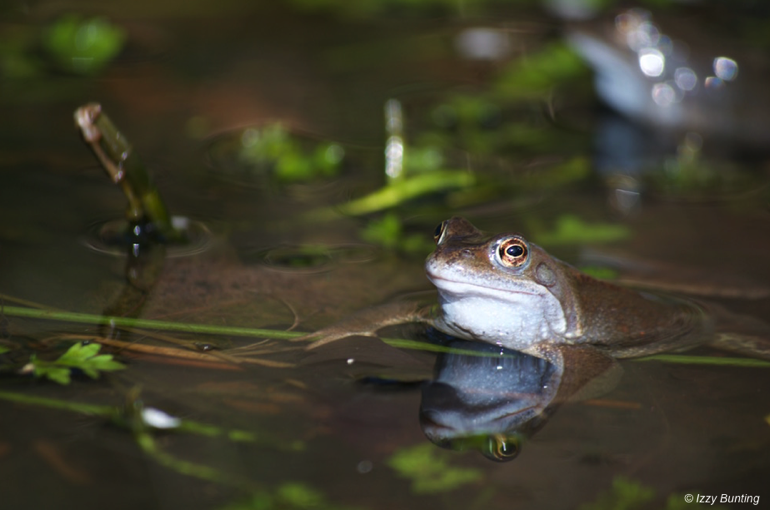
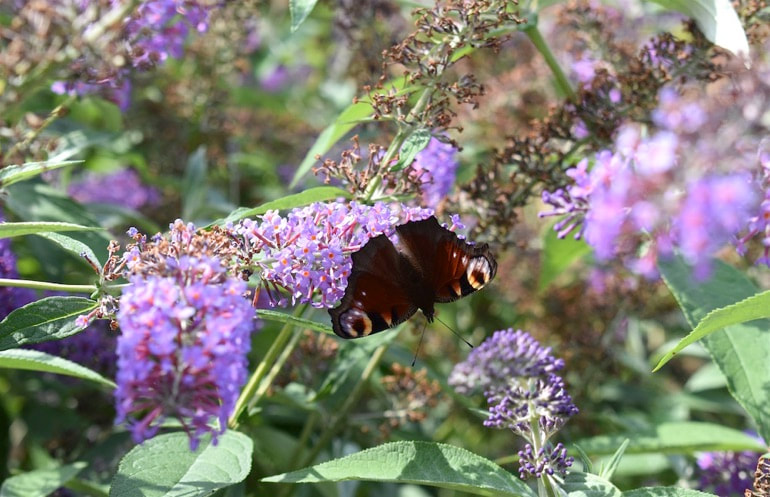
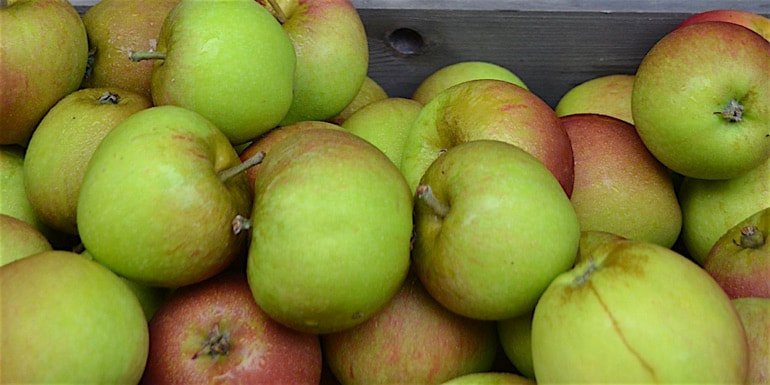
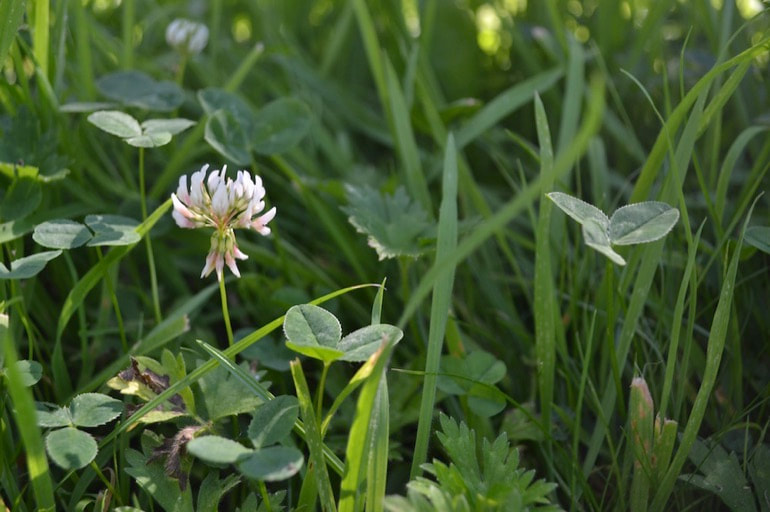
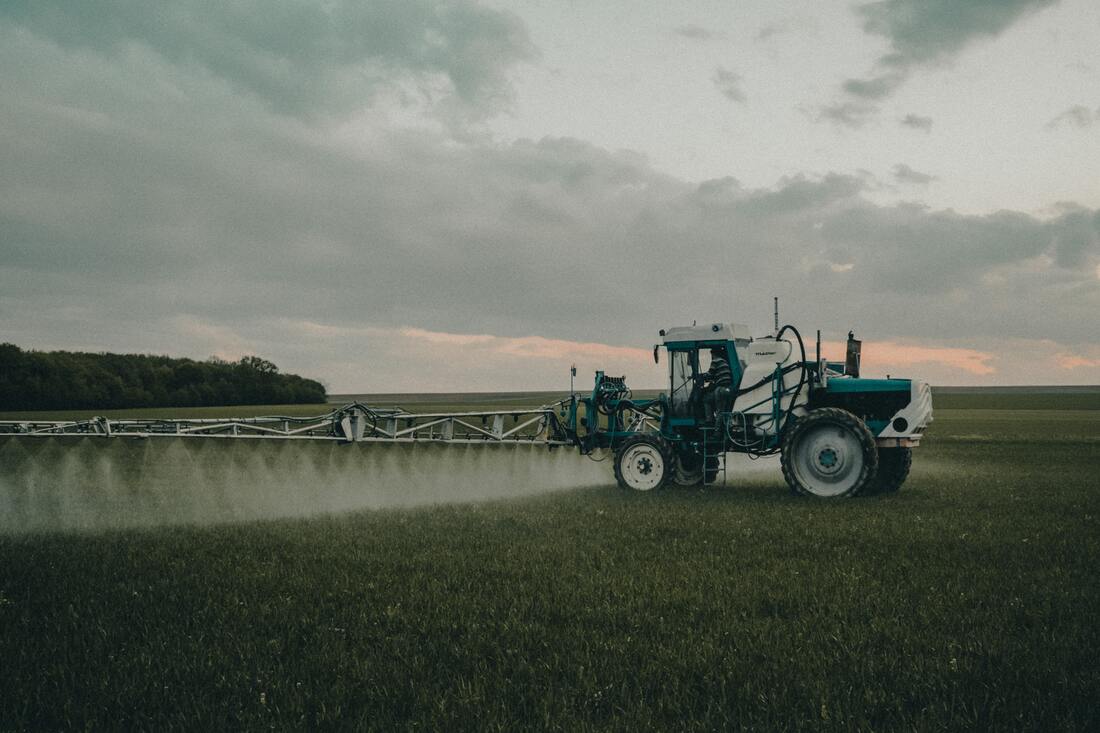
 RSS Feed
RSS Feed
